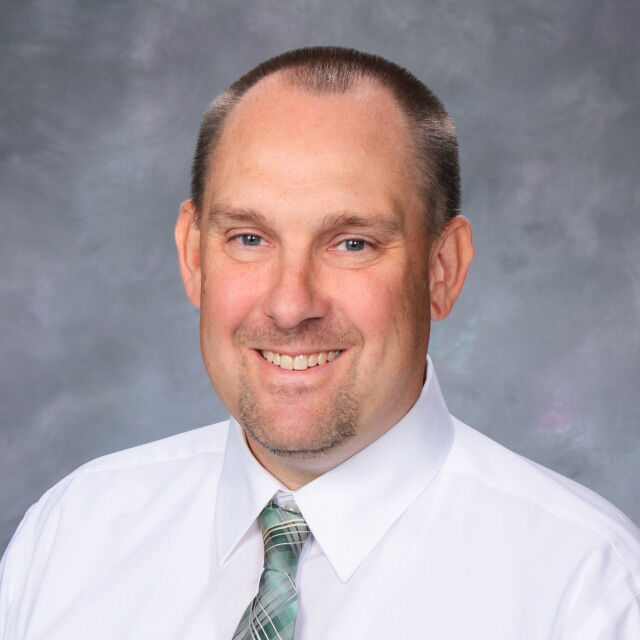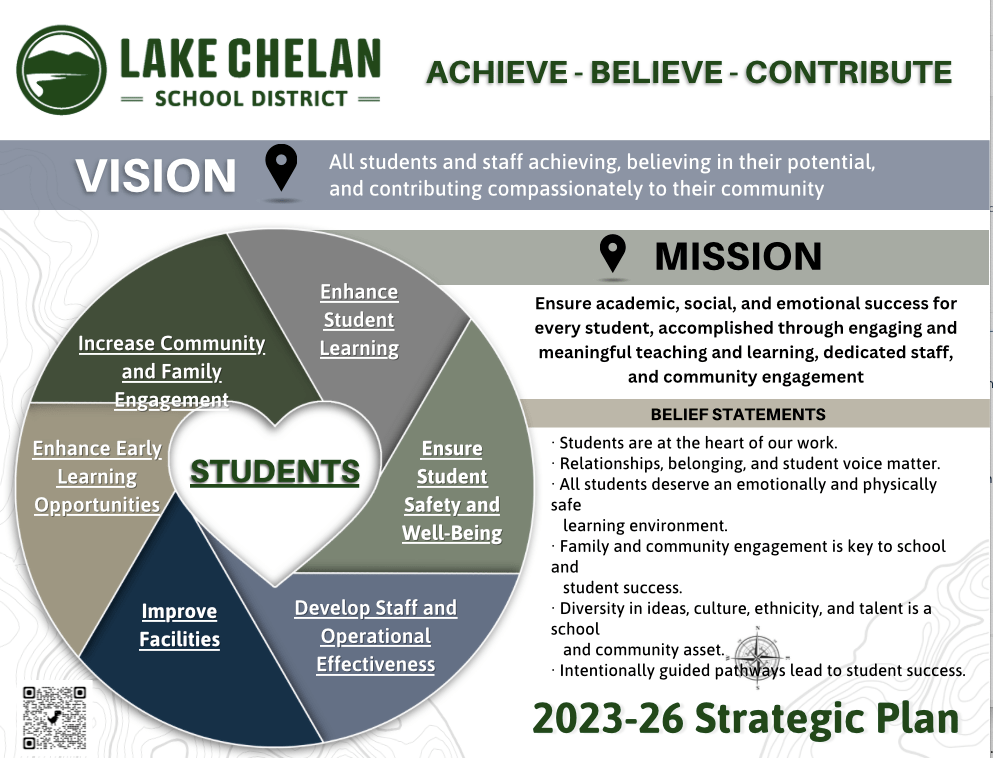Lake Chelan School District taking bold steps to help kids grow and develop
Lake Chelan School District is taking a bold and innovative approach that other school districts should consider emulating. With meaningful community, staff and student input, the district recently developed a strategic plan that includes ongoing measurements of not only academic performance but also student well-being, to reflect the reality that learning is dependent on students feeling safe and supported.
The district prominently published the scorecard on its website as a way to be transparent and accountable. The student well-being numbers were generated through a partnership between the district and the Center for Educational Effectiveness.
The Chelan scorecard, it seems to me, gives the community a far more nuanced and balanced view of the learning environment in the school rather than relying solely on the report card generated by the Superintendent of Public Instruction’s office, which only measures academics at a single point in time.
“We don’t just say we want to ensure academic success,” said Chelan Superintendent Brad Wilson. “Our mission says academic, social and emotional success for every student,” Wilson added. That’s the kind of superintendent leadership we need in our communities. Wilson, who previously was principal at the middle and high schools in Chelan, was honored as the 2022 state principal of the year before becoming superintendent last summer.
The Chelan plan brings a human-centered view of the performance of the school district without sugarcoating the serious academic challenges faced by the district. The transparency is refreshing and it creates an opening for the district and community to work together to address areas where the district needs to improve.
Dr. Gene Sharratt, the former head of the North Central Educational Service District and a senior researcher with CEE, was invited by Wilson to facilitate the process that generated Chelan’s strategic plan. Sharratt says it’s perhaps the best plan he’s seen.
The resulting scorecard highlights some big challenges the district faces in academic performance, such as scores below the state average in math, science and English language proficiency.
There are other areas where the district is doing well. The district is close to or ahead of the state average in the percent of students who report they feel a strong sense of belonging and that the district has a supportive learning environment. The district’s four-year graduation rate is a robust 97 percent, compared to 82.3 percent for the state. Also, 80 percent of kids needing individual education plans, or IEPs, are mainstreamed into classrooms, compared to 62.7 percent statewide. That’s remarkable.
Wilson said it is important that the district scorecard allows the community to monitor district progress over multiple years to see what improvements are made, according to Wilson.
Wilson is no fan of the “flavor-of-the-month” curriculum or program approaches as ways to improve schools and instead favors a more organic approach built on making adjustments over time.
He’s also passionate about developing a district environment in which students and staff are continually growing and developing. “We’re not just trying to be efficient and really good stewards of our funds,” said Wilson. “That’s part of it, but we also need to develop our human resources,” he added.
With the plan adopted by the Chelan school board, the staff and administrators are now working to flesh out plans to move the district forward. Sharratt says other districts in the region have also developed strategic plans with community, staff and student involvement, including Omak and Okanogan school districts, Sharratt said.
The research done by CEE shows that the key to effective schools comes down to building a trust-based, listening culture, said Sharratt. The state completely ignores the human side of education in its measurements.
The good news is that at the local level, following the example of Chelan, we can build student-centered educational efforts that include meaningful staff, student and community input. The focus has to be on developing human beings rather than just striving for higher test scores.




